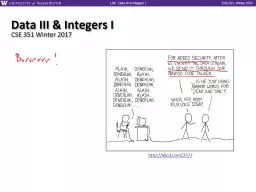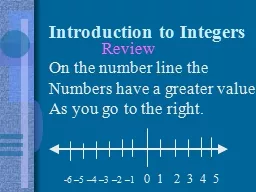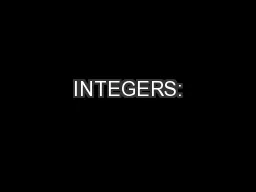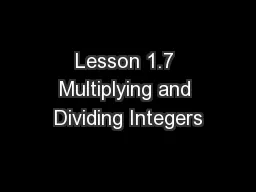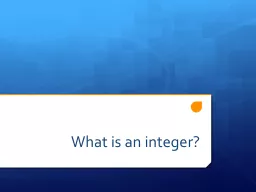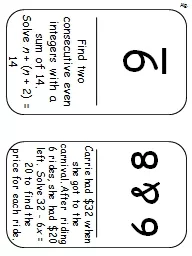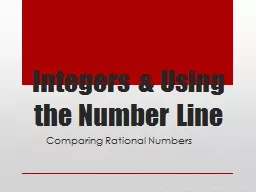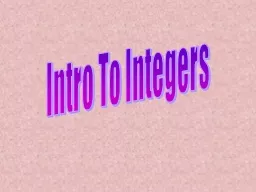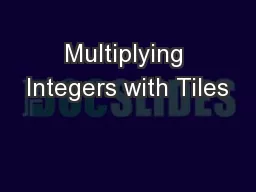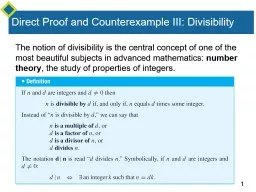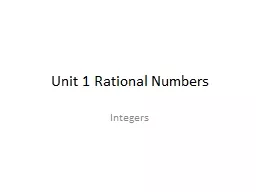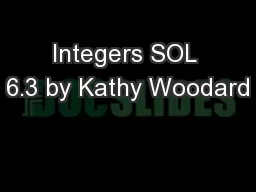PPT-Data III & Integers I
Author : dollumbr | Published Date : 2020-06-23
CSE 351 Winter 2017 httpxkcdcom257 Administrivia Thanks for all feedback and bug reports Keep using the anonymous feedback My office hours now Mon 11noon Lab1
Presentation Embed Code
Download Presentation
Download Presentation The PPT/PDF document "Data III & Integers I" is the property of its rightful owner. Permission is granted to download and print the materials on this website for personal, non-commercial use only, and to display it on your personal computer provided you do not modify the materials and that you retain all copyright notices contained in the materials. By downloading content from our website, you accept the terms of this agreement.
Data III & Integers I: Transcript
Download Rules Of Document
"Data III & Integers I"The content belongs to its owner. You may download and print it for personal use, without modification, and keep all copyright notices. By downloading, you agree to these terms.
Related Documents

